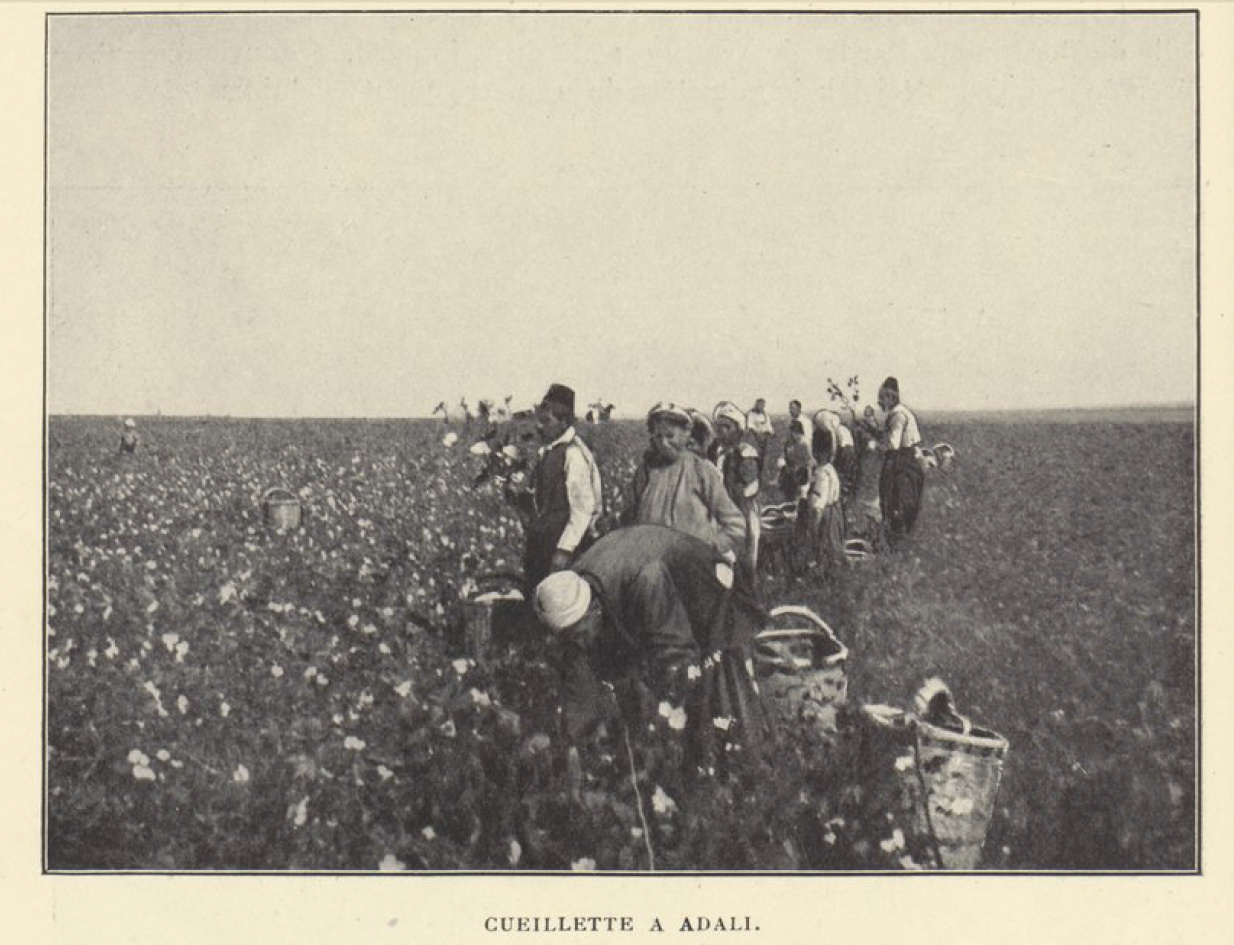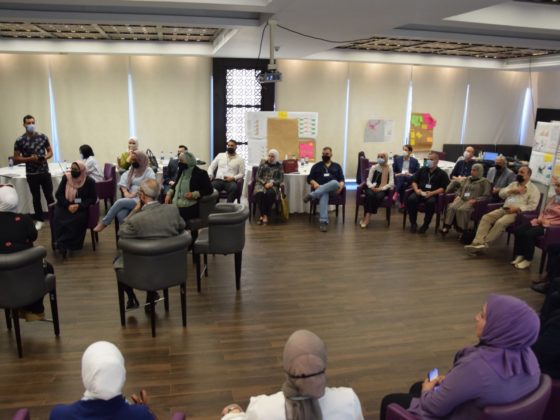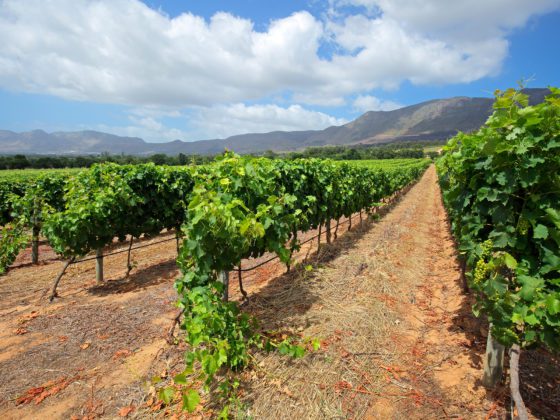By the middle of the 19th century, an empire that once knocked at the gates of Vienna was much reduced in size and comparative military prowess. As a political entity, however, the Ottoman Empire was entering a period of rapid institution building that would transform the relationship between state and citizen in the Middle East. A set of reforms called the Tanzimat restored direct rule over the empire’s provinces, created new classes of professional bureaucrats and military officers, and initiated new works in the realm of education, public health, and public works. Important figures like historian, statesman, and one-time provincial governor Ahmed Cevdet Pasha adopted a civilizational discourse to frame these policies, employing the terminology and concepts of 15th century Arab historiographer Ibn Khaldun concerning the rise and fall of states. Within the civilizing vision that emerged out of the Tanzimat, water and swamps in particular came to play a recurring role.
The Ottoman Empire was not alone among European states that adopted an increasingly physiocratic approach to land over the course of the 19th century. Uncultivated land that might have been used by pastoralist communities or for other purposes came to be seen as wasteland. Also the empire’s large bodies of water and vast wetlands came to be seen as wasted water resources that could be channeled towards irrigation. At the same time, large numbers of refugees began to enter the empire as they fled or were expelled from zones of Russian expansion in Crimea, the Caucasus, and the Balkans. Millions of the migrants—categorized as muhacirin—became Ottoman subjects and were settled by the state throughout the Ottoman provinces. Many became participants in an ambitious attempt to civilize the countryside of particular regions in Anatolia and Greater Syria.
This settlement process comprises one important facet of my ongoing book manuscript provisionally titled The Mountains are Ours: the Environmental History of a Late Ottoman Frontier, which studies the themes of migration, capitalism, and environment in the Cilicia region of the Eastern Mediterranean from the middle of the 19th century to the middle of the 20th century. In Cilicia, immigrants were settled in the incredibly fertile and well-watered lowlands that once served only as pasture for pastoralists, who were forcibly sedentarized by the Ottoman government. Despite the quality of the soil, both communities suffered from maladjustment and mass mortality, primarily due to malaria, an endemic presence in the region. Early experiments with settlement aimed at cultivating the countryside often ended in failure.
Physicians and technocrats of the period did not understand the mechanism by which malaria is spread between humans by the bites of anopheles mosquitos, but they did associate the disease with swamps and uncultivated land where mosquitos thrive. Long after the mosquito’s role was discovered, swamps and wetlands were still viewed as potential threats to public health. However, while Ottoman officials originally believed that swamps would be eliminated by settling people in their vicinity, it soon became clear individual cultivating families were neither able nor willing in many cases to oversee that environmental transformation. Over the last decades of the Ottoman period leading up to the First World War, the Ottoman government began to promote the elimination of wetlands through different means.
One approach involved mobilizing the resources of the Ministry of Public Works to drain swamps and wetlands. Some of these projects were massive undertakings involving tens of thousands of laborers. One of the most ambitious of the period was the draining of a portion of Lapsista Lake near Ionnina (modern-day Greece). The work and arrangements concerning the use of the newly-drained land continued for decades until the empire lost this territory in the Balkan Wars of 1912-13. In the Northern Syrian port of Alexandretta or Iskenderun, successive Ottoman administrations oversaw various attempts at draining the swamps from the 1840s onward. Yet on the eve of the First World War, the port was still surrounded by vast marshes that gave the city its infamous malarial reputation. For a cash-strapped empire (that had to finance a bankruptcy from the 1870s onward), state-funded environmental engineering was costly and not always effective.
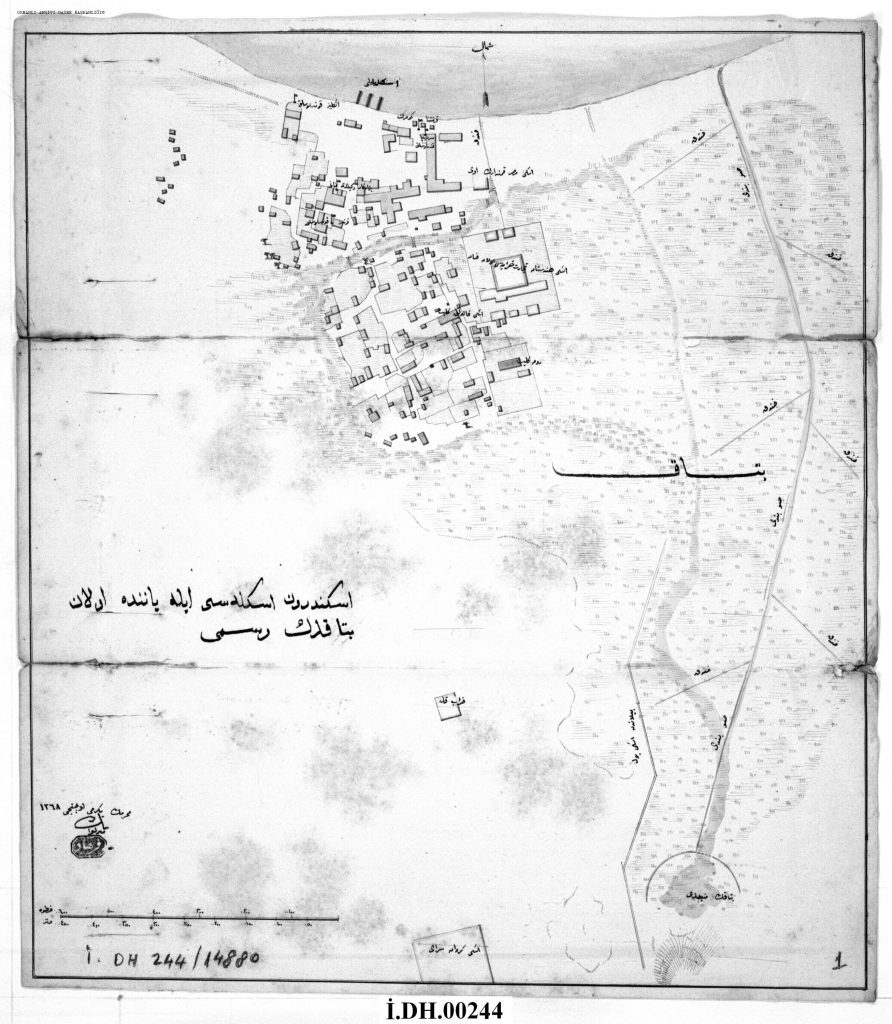
At the same time, the Ottoman government began encouraging the transformation of swamps and wetlands by incentivizing landholders. Though it was contrary to the empire’s project of encouraging the registration of land to peasants and ordinary cultivators, the Ottoman government allowed individuals who could invest in the improvement and drainage of uncultivated land to acquire vast tracts by invoking a clause in the land code concerning mevat or dead/unused land. The idea that mevat land could be acquired and improved by a cultivator under Islamic law was not new, but it took on new significance with the emergence of transferrable private property. Throughout the empire, merchants, provincial elites, government officials, and rural landholders took advantage of the law code to build large estates. In the Cilicia region, this process accompanied the rapid rise of commercial agriculture and a booming cotton industry. Men and women like those portrayed in the photograph at the top of this blog post (Source: Tsapalos, Rapport sur le Domaine Impérial de Tchoucour-Ova, pg. 76) sometimes traveled hundreds of miles to work as wage laborers on plantations that were just decades prior uncultivated land. In Ottoman Palestine, some of the first land acquisitions for Zionist settlements were secured by the same logic. Incentivizing landholders to improve the land allowed the empire to pursue its ecological goals at minimal cost, but the policy brought other consequences. Disputes over land were increasingly common as the provinces were more densely cultivated and settled. Moreover, the wage laborers engaged in draining land or in cultivating land that had recently been a swamp suffered elevated risk of malaria, which became widespread among migrant workers of the Ottoman Empire’s Mediterranean lowlands.
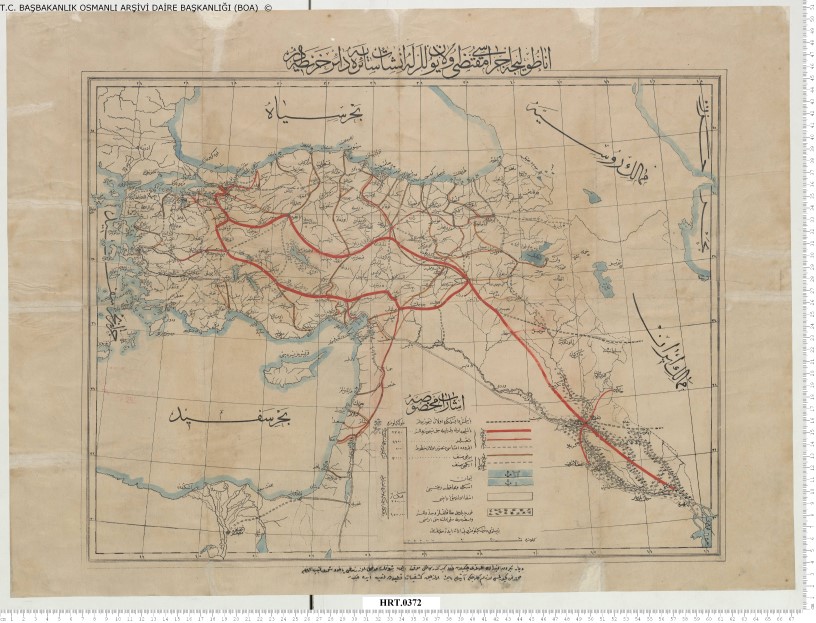
In 1908, the Ottoman Empire witnessed a constitutional revolution that initiated a new era of representative government. Renewed attention was given to public health and widespread malaria among workers and the rural population, which further entrenched the juxtaposition of swamps and wetlands with civilization among the ruling elite. In the Ottoman parliament, representatives engaged in vociferous debates about issues like rice cultivation, which was associated with malaria infections as it involved large amounts of sitting water and often occurred in the same regions where wetlands proliferated. When the Ottoman government tried to pass a regulation limiting the proximity of rice paddies to major settlements, in order to reduce malaria infections, pro-landholder delegates in the Ottoman parliament—some of whom were rice cultivators themselves—fought to limit the law. Physicians liked Nazaret Dagavaryan, a founder of the Armenian General Benevolent Union, pushed for strict regulation by appealing to the human worth and rights of every Ottoman citizen. Here also the bind of swamps and civilization presented an obstacle. In the final regulation, uncultivated or mevat land undertaken for rice cultivation was exempt.
In contrast with regions of the settler colonial world in the Americas, Africa, Asia, and Australasia, the societies and environments of the Middle East have often been cast as old, unchanging, and even decadent. But the environmental history of the region reveals a much more complex picture in which environmental and demographic change have been both integral to the modern experience and by no means confined to the period of postcolonial nation states. Many of the central questions concerning rivers, wetlands, and landholding today emerged out of the civilizational vision employed by late Ottoman Empire during its administrative, military, and provincial transformation. From Turkey’s dams to Iraq’s marshes to the contested settlements of modern-day Israel/Palestine, many hydro-political issues of the modern Middle East have roots in the Ottoman past.
Chris Gratien is an assistant professor in the Corcoran Department of History at University of Virginia. This blog post is based on research published research published as “The Ottoman Quagmire: Malaria, Swamps, and Settlement in the Late Ottoman Mediterranean,” International Journal of Middle East Studies, Vol. 49 No. 4 (2017); “The Rice Debates: Political Ecology in the Ottoman Parliament” in Seeds of Power: Explorations in Ottoman Environmental History, eds. Onur İnal and Yavuz Köse. White Horse Press, 2018; and “‘Toprakla Oynayan Mezarını Kazar’: Osmanlı’da Sıtma ve Medeniyet,” Toplumsal Tarih, Vol. 296 (August 2018).

